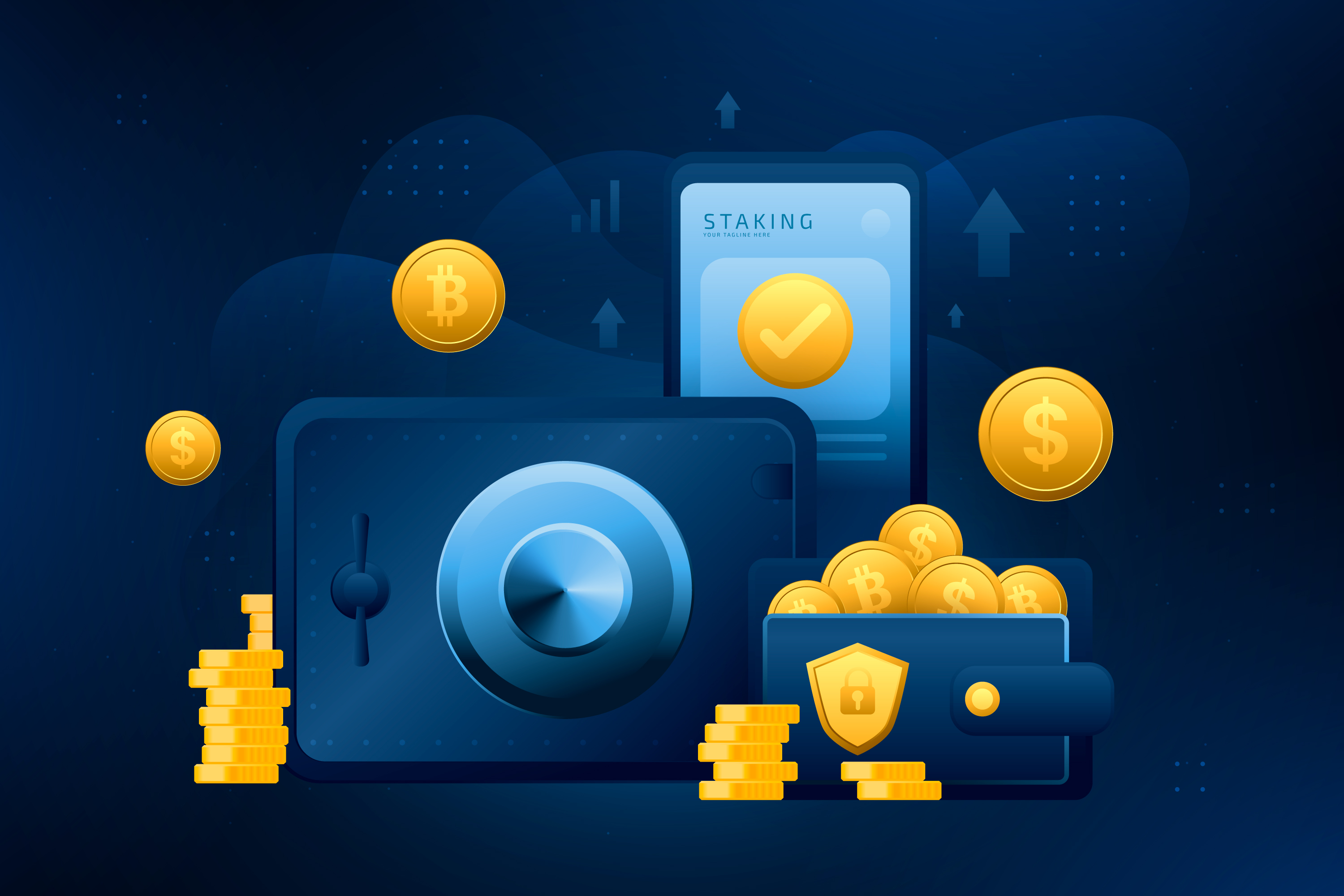
In September 2025, PayPal announced one of its most ambitious moves yet: the integration of crypto assets like Bitcoin (BTC), Ethereum (ETH), and stablecoins directly into its peer-to-peer (P2P) payments system.
This announcement didn’t just make headlines—it marked a turning point in the mainstream adoption of crypto payments. For merchants, consumers, and payment providers, the question is clear: what does PayPal’s move mean for the future of commerce? And how do specialized crypto gateways like Finrax fit into this new landscape?
For years, PayPal has flirted with crypto. Users could buy, sell, and hold assets within the app, but true integration into P2P payments was missing. That changed in 2025.
Now, PayPal users can:
This makes PayPal one of the largest mainstream platforms to adopt crypto as a native payment method.
Peer-to-peer transfers are the lifeblood of digital payments. By integrating crypto, PayPal brings:
For consumers, this is a win. For merchants, it validates the inevitable role of crypto in global commerce.
PayPal’s integration is exciting, but merchants should tread carefully:
This is why businesses often prefer dedicated crypto payment gateways like Finrax, which provide:
👉 Learn how Finrax crypto payment solutions can benefit your business.
One of the most important aspects of PayPal’s move is its use of stablecoins. Unlike BTC or ETH, stablecoins are tied to the dollar, making them:
This aligns with broader consumer behavior trends, where stablecoins are becoming the backbone of crypto payments worldwide.
Despite the milestone, PayPal’s approach has drawbacks:
PayPal’s integration is great for P2P transfers, but for merchants, gateways like Finrax remain superior because they:
👉 Explore Finrax solutions designed for businesses.
At events like SiGMA EURO-Med 2025 and Gamescom, panels discussed how PayPal’s move will:
The bottom line: PayPal’s move doesn’t kill the need for gateways—it highlights how essential they are for merchants.
Looking forward:
PayPal’s crypto integration is a milestone for the industry, validating Bitcoin, Ethereum, and stablecoins as everyday payment tools. But while this is a win for P2P, merchants need more control, flexibility, and compliance than PayPal can provide.
That’s where Finrax comes in. With crypto-native payment solutions, merchants can integrate seamlessly, stay compliant, and offer customers the payment options they expect.
👉 Discover more about Finrax crypto payment solutions and future-proof your business.